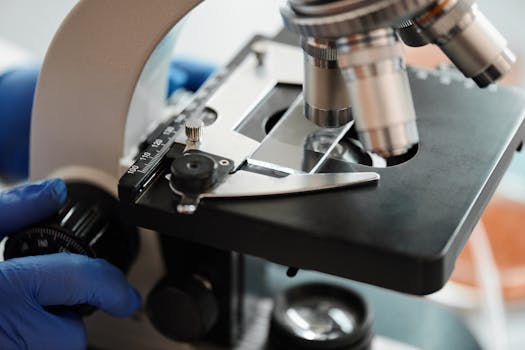
Orbiting the Future: The Intersection of Communication, Observation, and Advanced Technology
Orbiting the Future: The Intersection of Communication, Observation, and Advanced Technology is a rapidly evolving field that is transforming the way we communicate, observe, and utilize advanced technology. At the heart of this revolution are satellites, which are playing an increasingly important role in shaping our future. The intersection of communication, observation, and advanced technology is enabling us to stay connected, monitor our environment, and leverage cutting-edge technologies to improve our daily lives.
The advent of satellite technology has enabled us to communicate with people across the globe, regardless of their geographical location. With the launch of satellite constellations such as Starlink and OneWeb, high-speed internet access is becoming more widespread, bridging the digital divide and connecting remote communities. Moreover, satellite-based communication systems are being used for disaster response and recovery, providing critical communication services during emergencies.
The Role of Observation in Shaping Our Future

Observation is a critical component of the intersection of communication, observation, and advanced technology. Satellites are equipped with advanced sensors and imaging technologies that enable us to monitor our environment, track climate changes, and predict weather patterns. This information is crucial for informing decision-making and policy development, particularly in the context of climate change and sustainable development. For instance, satellite data is being used to monitor deforestation, track ocean health, and predict natural disasters.
Furthermore, satellite-based observation systems are being used for earth observation, enabling us to study our planet and its resources in unprecedented detail. This information is essential for managing natural resources, predicting and responding to natural disasters, and understanding the impacts of human activities on the environment. The European Space Agency’s Copernicus program, for example, provides free and open access to satellite data, which is being used for a wide range of applications, from land use mapping to emergency response.
Advanced Technology and the Future of Space Exploration

Advanced technology is driving the future of space exploration, with significant investments being made in areas such as artificial intelligence, robotics, and materials science. The development of reusable rockets, such as those produced by SpaceX and Blue Origin, is reducing the cost of access to space, enabling more frequent and sustainable space missions. Moreover, advances in life support systems and radiation protection are enabling humans to stay in space for longer periods, paving the way for deep space missions to the Moon, Mars, and beyond.
The intersection of communication, observation, and advanced technology is also enabling the development of new space-based services, such as satellite-based navigation and timing. The Global Positioning System (GPS), for example, provides critical navigation and timing services for a wide range of applications, from aviation and maritime to agriculture and finance. Furthermore, satellite-based systems are being developed for space weather monitoring, enabling us to predict and prepare for space weather events that can impact satellite operations and communication systems.
Conclusion

In conclusion, the intersection of communication, observation, and advanced technology is revolutionizing the way we live and work, with satellites playing a crucial role in this process. As we continue to push the boundaries of space exploration and development, it is essential that we prioritize international cooperation, sustainable development, and responsible innovation. By working together, we can ensure that the benefits of space technology are shared by all, and that we create a brighter, more sustainable future for generations to come.
See more:



